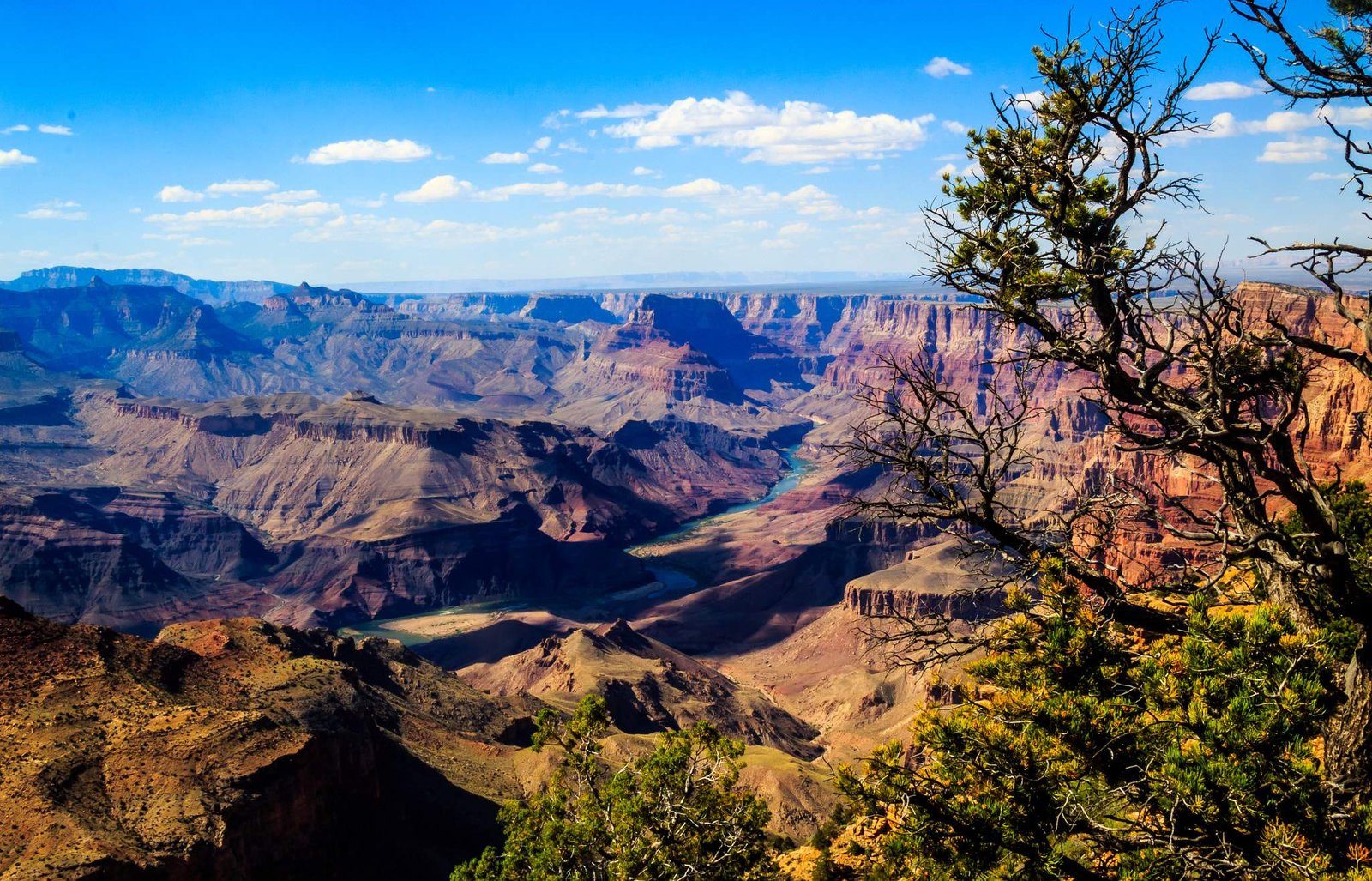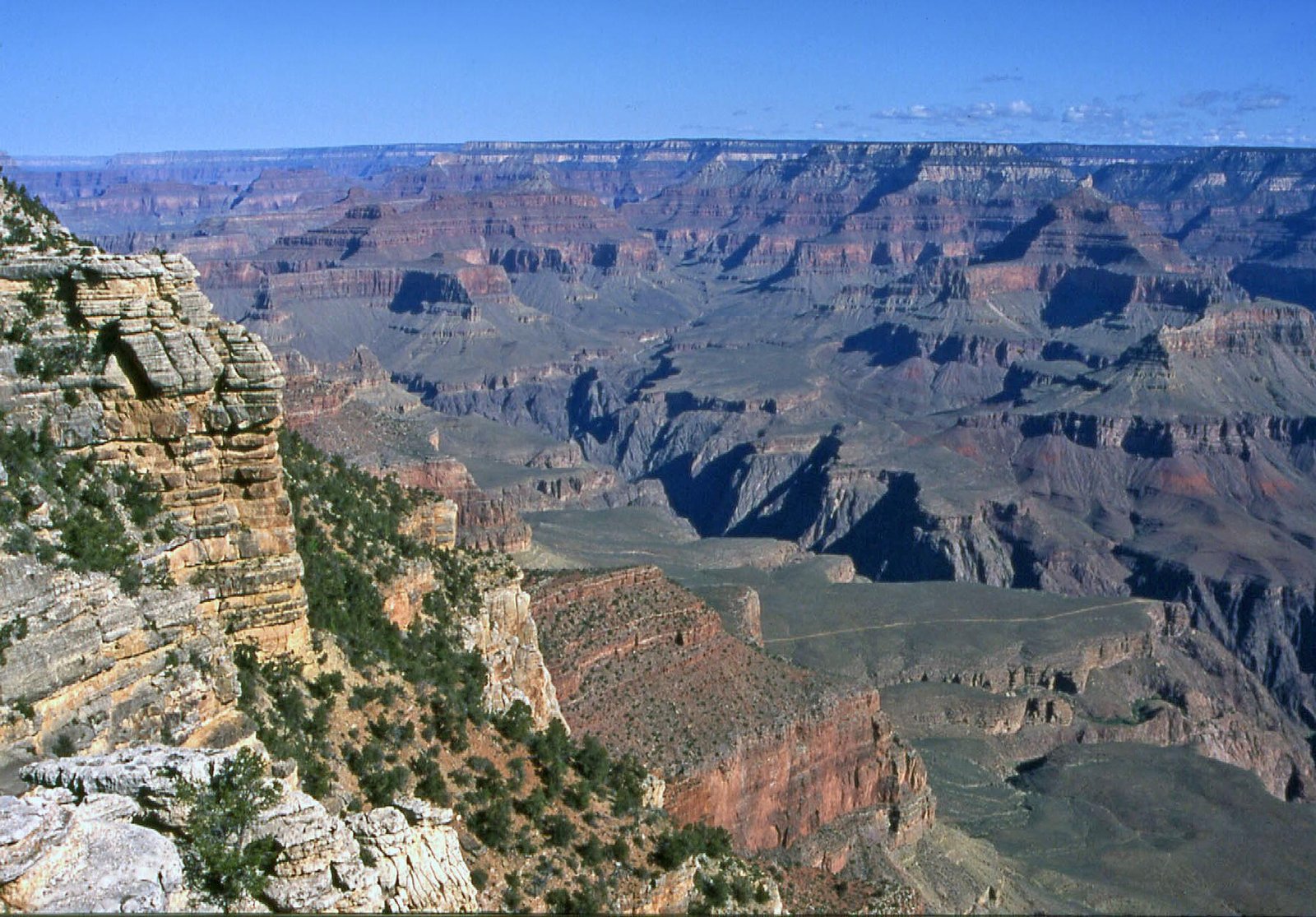Grand Canyon National Park’s conservation efforts represent a multifaceted approach to preserving one of America’s most iconic landscapes. Through strategic habitat restoration, wildlife protection initiatives, invasive species management, and sustainable tourism practices, park managers are working diligently to maintain the delicate ecological balance of this extraordinary natural environment. These comprehensive efforts aim to protect endangered species, restore native ecosystems, and ensure the long-term sustainability of this remarkable national treasure.
What Are the Primary Habitat Restoration Strategies?

Grand Canyon National Park employs sophisticated habitat restoration techniques targeting multiple ecological zones:
Native Plant Restoration Approach
- High-Capacity Greenhouse Establishment
- Doubles native plant production
- Supports rim and river ecosystem rehabilitation
- Targeted Vegetation Replacement
- Removal of non-native species
- Reintroduction of indigenous plant varieties
Water Resource Management
| Water Management Strategy | Key Objectives | Implementation Methods |
|---|---|---|
| Seeps and Springs Study | Assess water sustainability | Comprehensive hydrology research |
| Groundwater Tracing | Understand water supply dynamics | Advanced geological mapping |
| Watershed Protection | Preserve critical aquatic habitats | Monitoring and conservation protocols |
How Does Wildlife Protection Work?

Wildlife conservation in Grand Canyon National Park involves multi-dimensional strategies:
- Species-Specific Protection Programs
- Focused efforts on endangered species
- Monarch butterfly habitat preservation
-
Humpback chub population monitoring
-
Collaborative Conservation Initiatives
- Youth and Ancestral Lands Conservation Corps engagement
- Indigenous community involvement
- Hands-on ecological restoration projects
What Strategies Address Invasive Species?
Invasive species management requires comprehensive and adaptive approaches:
- Systematic Removal Techniques
- Manual vegetation extraction
- Chemical control protocols
-
Biological intervention strategies
-
Monitoring and Assessment
- Regular ecological surveys
- Population tracking
- Adaptive management frameworks
How Are Sustainable Tourism Practices Implemented?
Balancing visitor experience with environmental preservation:
Visitor Management Strategies
- Responsible visitation guidelines
- Low-impact infrastructure development
- Energy-efficient facility upgrades
- Advanced transportation systems
Technological Interventions
- LED lighting installations
- Reduced light pollution measures
- Enhanced visitor education programs
What Are the Long-Term Conservation Goals?
The overarching objectives of Grand Canyon National Park’s conservation efforts include:
- Maintaining biodiversity
- Protecting endangered species
- Preserving geological and ecological integrity
- Promoting sustainable human interaction with natural environments
By integrating scientific research, community engagement, and adaptive management techniques, Grand Canyon National Park continues to set benchmark standards for national park conservation worldwide.

